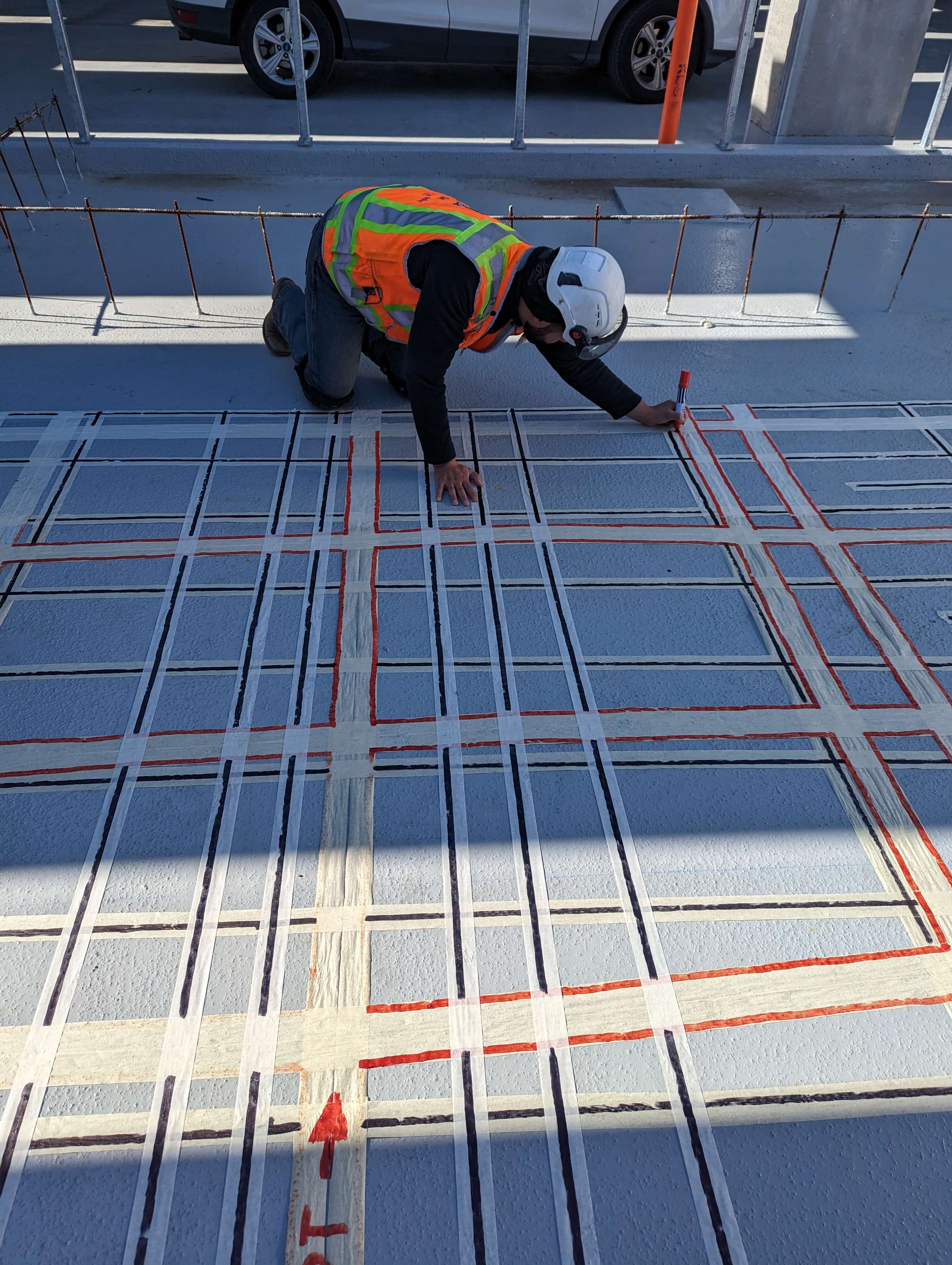Improve Construction Safety with Specialist Concrete Scanning
Improve Construction Safety with Specialist Concrete Scanning
Blog Article
Unveil the Transformative Power of Concrete Scanning in Taking Full Advantage Of Efficiency and Safety
Concrete scanning has actually arised as an essential device in the building and construction sector, using unrivaled benefits in improving job effectiveness and making certain security standards. The transformative power of concrete scanning exists in its capacity to provide comprehensive insights and real-time data, reinventing just how tasks are intended and executed.
Importance of Concrete Scanning
Guaranteeing the architectural stability and safety and security of building and construction projects starts with the important action of carrying out complete concrete scanning. Concrete scanning is a non-destructive approach made use of to find and map subsurface components within concrete structures.
Additionally, concrete scanning helps in enhancing project timelines and budget by staying clear of unforeseen expenses and delays that may emerge due to unexpected blockages within the concrete. Ultimately, spending in extensive concrete scanning is an aggressive method that boosts both effectiveness and safety and security in building and construction projects.
Just How Concrete Scanning Works
Concrete scanning runs as an important tool in building and construction projects by utilizing innovative technologies to find and map subsurface components without causing architectural damage. Ground Penetrating Radar (GPR) and Electromagnetic Induction (EMI) are 2 key approaches used in concrete scanning. GPR jobs by sending out high-frequency radar pulses right into the surface area, which recover when they run into subsurface objects or voids. The time taken for the signal to return indicates the depth and area of the things. EMI, on the other hand, uses magnetic fields to determine variations in material compositions, such as identifying rebar or channels within concrete frameworks.
Throughout the scanning procedure, the data gathered is analyzed in real-time, permitting instant recognition of possible threats or barriers beneath the surface. This info help in decision-making, guaranteeing that building and construction activities continue safely and efficiently. Additionally, 3D imaging software application can be used to produce thorough maps of the subsurface components, additionally boosting job preparation and implementation. By employing these sophisticated modern technologies, concrete scanning dramatically decreases the threat of expensive damages and injuries on building and construction websites.
Benefits of Concrete Scanning
Making use of advanced scanning modern technologies in building and construction jobs supplies a multitude of advantages, improving both efficiency and safety on-site. One of the primary benefits of concrete scanning is the ability to find and situate embedded objects such as rebar, post-tension wires, and avenues properly. By identifying these aspects prior to exploration or cutting right into concrete frameworks, the threat of unintended strikes is significantly decreased, protecting against potential injuries to employees and damage to the framework itself. Concrete scanning aids in preparation and designing more successfully, as it offers precise details regarding the place and deepness of structural elements.

Situation Studies: Concrete Scanning Success

In another situation, a building and construction business made use of 3D concrete scanning to evaluate the condition of maturing concrete structures in a historic structure. The comprehensive scans supplied important understandings right click for info into the level of deterioration and helped prioritize upkeep initiatives efficiently. By proactively resolving areas of problem determined with scanning, the company was able to prolong the lifespan of the structure and make certain passenger safety.
These study emphasize the transformative power of concrete scanning in boosting efficiency, precision, and safety and security in building tasks.
Implementing Concrete Scanning in Projects
Carrying out innovative scanning modern technologies during building jobs has actually come to be significantly vital for boosting precision and safety. By integrating concrete scanning into project planning and implementation, building and construction groups can recognize possible threats, such as rebar or post-tension cables, hidden within concrete frameworks. This positive technique decreases the threat of crashes, hold-ups, and expensive rework, inevitably leading to much more efficient project timelines and budget plans.
To implement concrete scanning properly, project managers should team up closely with experienced scanning professionals to determine the most ideal scanning strategies for the specific project needs. Involving scanning professionals from the early phases of a task enables the group to produce comprehensive scanning strategies that address crucial areas of concern and ensure detailed information collection.
Furthermore, incorporating concrete scanning right into routine project operations can enhance decision-making processes, as real-time scan information supplies immediate understandings into the problem of concrete frameworks - Concrete Scanning. This data-driven method facilitates educated analytical and makes Look At This it possible for groups to make changes quickly, cultivating a culture of performance and security throughout the task lifecycle

Final Thought
Finally, concrete scanning plays a critical role in improving effectiveness and security in construction jobs. By using sophisticated technology to map and find out underlying structures within concrete, this process helps to stop costly errors, make certain structural stability, and lessen threats on website. With the ability to uncover concealed components and provide accurate data, concrete scanning confirms to be a beneficial device for enhancing task results and making best use of general success.
Concrete scanning is a non-destructive method utilized to discover and map subsurface elements within concrete frameworks. Furthermore, concrete scanning helps in enhancing task timelines and spending plan by staying clear of unanticipated expenses and hold-ups that may emerge due to unanticipated blockages within the concrete. One remarkable situation study entails a large improvement project where concrete scanning played a crucial role in making sure job success.In an additional instance, a building company made use of 3D concrete scanning to evaluate the condition of maturing concrete structures in a historical building. By integrating concrete scanning into job preparation and implementation, construction groups can identify possible risks, such as rebar or post-tension wires, hidden within concrete frameworks.
Report this page